nwboater
Senior Member
Has anyone transitioned from an inboard diesel trawler to an outboard powered boat? After 25 years of owning full-displacement diesel trawlers that have carried us on summer-long trips along the Inside Passage, SE AK, and down the west coast, I'm ready for a change of pace. We've relocated a big part of our life away from our island home and the marinas and boatyards I've depended on, so now I'm looking for a smallish outboard-powered boat that can be stored on the hard for part of the year and easily launched when back home.
This is a long way of asking...is there an OB-powered boat under 30' that will run easily at 10kts - 15kts? From what I've read, seems like most of these boats (Ranger Tugs, Jeanneau NC series, etc) either run at hull speed, 6-7 kts or at 22+ kts after getting up on a plane, but slog along when running between 8-20 knots. Is there maybe a simi-displacement boat/hull someone can recommend where the sweet spot for cruising is around 10 knots? I don't want another inboard diesel or outdrive unit -- I'm wanting ease of ownership that I "believe" will come with a boat powered by new OB engine technology, drive-by-wire steering, and electronic engine/speed/fuel instrumentation. At the moment I'm liking the Jeanneau NC 895 but it falls into the category of "slogging" when running between 7-20 knots...any suggestions from experienced outboard owners? Also, am I daydreaming to wish for "ease of ownership"?!
This is a long way of asking...is there an OB-powered boat under 30' that will run easily at 10kts - 15kts? From what I've read, seems like most of these boats (Ranger Tugs, Jeanneau NC series, etc) either run at hull speed, 6-7 kts or at 22+ kts after getting up on a plane, but slog along when running between 8-20 knots. Is there maybe a simi-displacement boat/hull someone can recommend where the sweet spot for cruising is around 10 knots? I don't want another inboard diesel or outdrive unit -- I'm wanting ease of ownership that I "believe" will come with a boat powered by new OB engine technology, drive-by-wire steering, and electronic engine/speed/fuel instrumentation. At the moment I'm liking the Jeanneau NC 895 but it falls into the category of "slogging" when running between 7-20 knots...any suggestions from experienced outboard owners? Also, am I daydreaming to wish for "ease of ownership"?!
Last edited:

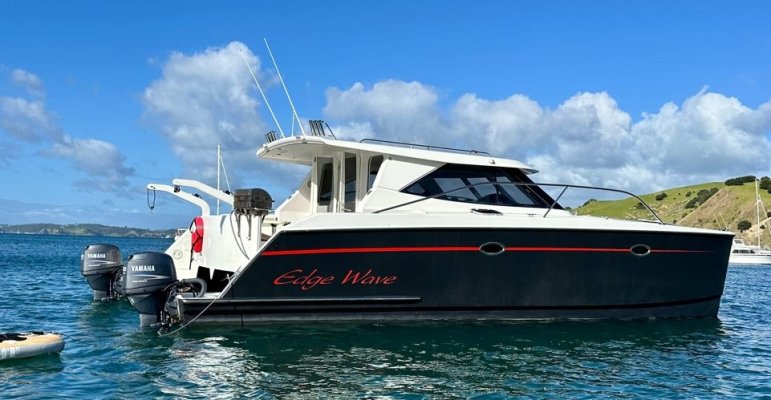
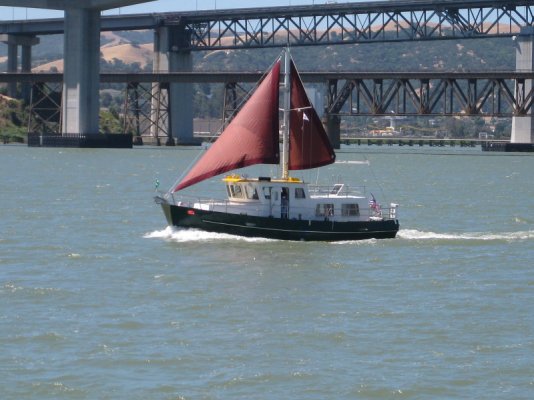
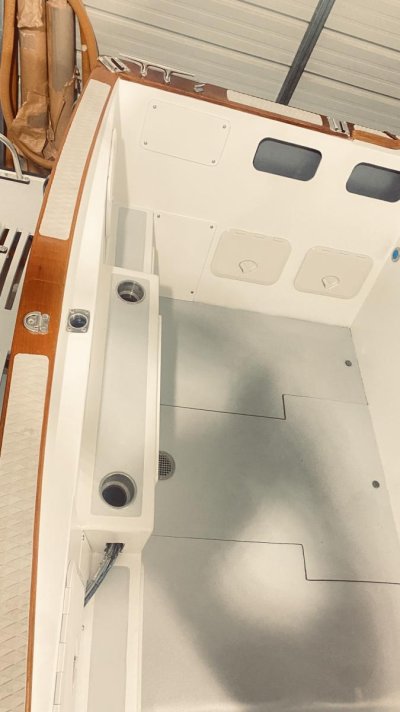

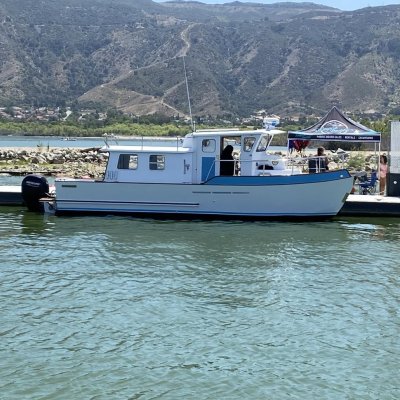
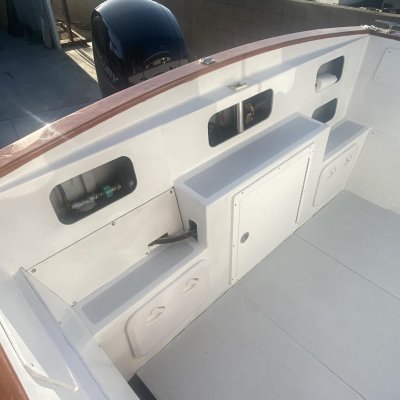
 I guess that's one argument against reading in the bathroom when in a hurry.
I guess that's one argument against reading in the bathroom when in a hurry.